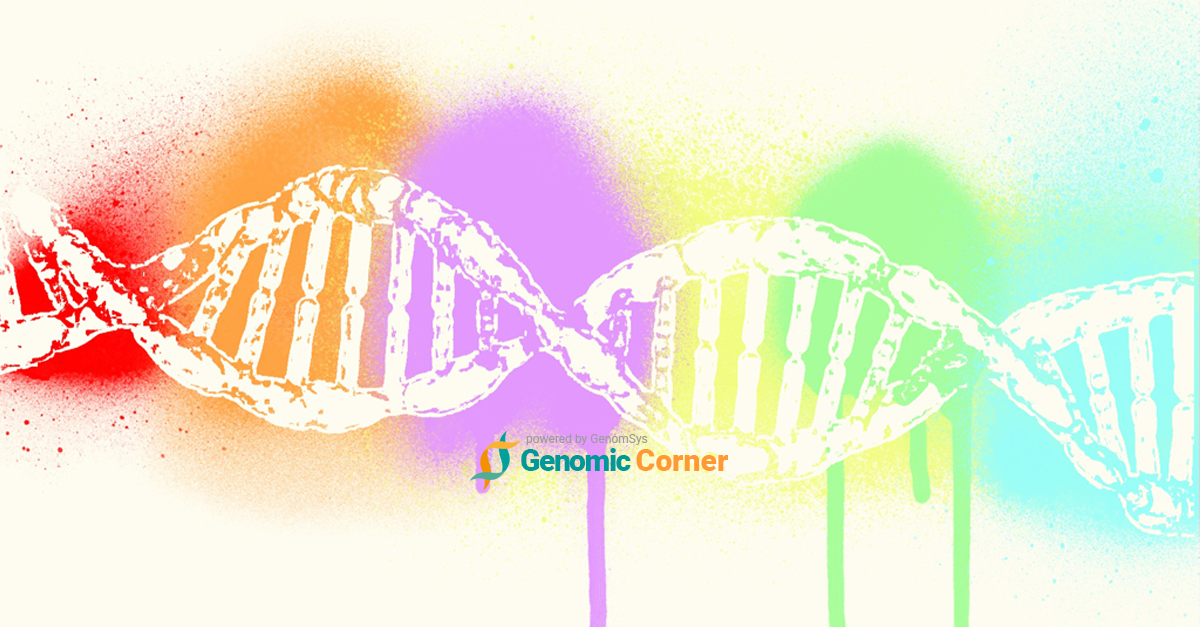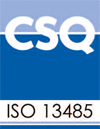As described in last months’ articles, the clinical recognition and treatment of patients affected by rare diseases can often be challenging, and the use of next-generation sequencing (NGS)-based methods proved as effective support for diagnostic, preventive, and therapeutic strategies. Especially whole-exome sequencing (WES) is widely adopted in research and diagnostic contexts as the most cost-effective approach for the investigation of the coding regions of a genome (1).
Please find our previous articles here: Genomic Corner
In this century, NGS-based methods have dramatically advanced the identification of the genetic causes of Mendelian phenotypes, providing support for diagnostic, preventive, and therapeutic strategies, and supporting the development of personalized medicinal approaches is expected in upcoming years (1, 2). Here, we want to highlight some of the WES-based approach’s achievements in specific diagnostic fields.
Next-generation sequencing (NGS) defines massively parallel sequencing technology that in the last decades has revolutionised genomic research. NGS provide high-throughput and scalable methods supporting a wide set of applications in research and diagnostic.
Gene-panels are tests targeted to the analysis of a set of genes, or genetic regions or variants that have known or suspected associations with the studied disease or phenotype.
Whole-genome sequencing (WGS) sequencing technique for the analysis of the entire genome.
Whole-exome sequencing (WES) sequencing technique for the analysis of all the protein-coding regions in genome (i.e., exome).
“A decade of WES in hematology”
In the last decade, WES has largely contributed to the field of hematology, with many of the crucial findings emerging within the first years of its application (3). The resulting knowledge has fueled in the following years a series of concepts which have shaped the comprehension of hematology and the available resources and methods, as the case of clonal hematopoiesis and single-cell transcriptomics (4), or that have found concrete application in diagnostics, like the detection of minimal residual disease (6).
“Evidence supports WES (and WGS) in the care of pediatric patients with congenital anomalies”
Two weeks ago, the American College of Medical Genetics and Genomics (ACMG) (7) published a paper that recommends WES or WGS as a first- (or second-) line test in patients with congenital anomalies, developmental delay, and intellectual disability because of a higher diagnostic yield and being more cost-effective when ordered early in the diagnostic evaluation (8).
For more information on the ACMG recommendation, please find our article here: Looking at the big picture in genomics improves the value of diagnostics
“WES is the most cost-effective approach for Primary immunodeficiencies research and diagnostics”
Primary immunodeficiencies (PID) are monogenic inborn errors of immunity that comprise a large variety of phenotypes in infection, auto-immunity, auto-inflammation, allergy, and tumor (9,10). The application of NGS has revolutionized both research and diagnostic of PIDs. The most widely adopted methods are gene panels, WES, and WGS, with WES currently representing the most cost-effective approach for PID research and diagnosis (11).
The Genotype defines the individual’s genetic characteristics.
The Phenotype refers to an individual’s observable physical traits.
Monogenic diseases are caused by variation in a single gene and are typically recognized by their striking familial inheritance patterns.
A Multigenic diseases are caused by variations of multiple genes that affect a single phenotypic trait.
By Luca Trotta on July 29, 2021
(1) Rabbani B, Tekin M, Mahdieh N. The promise of whole-exome sequencing in medical genetics. J Hum Genet 2014 Jan;59(1):5-15.
(2) Chong JX, Buckingham KJ, Jhangiani SN, Boehm C, Sobreira N, Smith JD, et al. The Genetic Basis of Mendelian Phenotypes: Discoveries, Challenges, and Opportunities. Am J Hum Genet 2015 Aug 6;97(2):199-215.
(3) Hansen MC, Haferlach T, Nyvold CG. A decade with whole exome sequencing in haematology. Br J Haematol. 2020 Feb;188(3):367-382. doi: 10.1111/bjh.16249. Epub 2019 Oct 10. PMID: 31602633.
(4) Walker, B.A., Wardell, C.P., Melchor, L., Hulkki, S., Potter, N.E., Johnson, D.C., Fenwick, K., Kozarewa, I., Gonzalez, D., Lord, C.J., Ashworth, A., Davies, F.E. & Morgan, G.J. (2012) Intraclonal heterogeneity and distinct molecular mechanisms characterize the development of t(4;14) and t(11;14) myeloma. Blood, 120, 1077–1086.
(5) Baron, C.S., Kester, L., Klaus, A., Boisset, J.C., Thambyrajah, R., Yvernogeau, L., Kouskoff, V., Lacaud, G., van Oudenaarden, A. & Robin, C. (2018) Single-cell transcriptomics reveal the dynamic of haematopoietic stem cell production in the aorta. Nature Communications, 9, 2517.
(6) Malmberg, E.B., Stahlman, S., Rehammar, A., Samuelsson, T., Alm, S.J., Kristiansson, E., Abrahamsson, J., Garelius, H., Pettersson, L., Ehinger, M., Palmqvist, L. & Fogelstrand, L. (2017) Patient-tailored analysis of minimal residual disease in acute myeloid leukemia using next-generation sequencing. European Journal of Haematology, 98, 26 –37.
(7) https://www.acmg.net/
(8) Manickam, K., McClain, M.R., Demmer, L.A. et al. Exome and genome sequencing for pediatric patients with congenital anomalies or intellectual disability: an evidence-based clinical guideline of the American College of Medical Genetics and Genomics (ACMG). Genet Med (2021). https://doi.org/10.1038/s41436-021-01242-6
(9) Bamshad MJ, Ng SB, Bigham AW, Tabor HK, Emond MJ, Nickerson DA, et al. Exome sequencing as a tool for Mendelian disease gene discovery. Nat Rev Genet. 2011; 12(11):745–55.
(10) Belkadi A, Bolze A, Itan Y, Cobat A, Vincent QB, Antipenko A, et al. Whole-genome sequencing is more powerful than whole-exome sequencing for detecting exome variants. Proc Natl Acad Sci USA. 2015; 112(17):5473–8.
(11) Meyts I, Bosch B, Bolze A, Boisson B, Itan Y, Belkadi A, Pedergnana V, Moens L, Picard C, Cobat A, Bossuyt X, Abel L, Casanova JL. Exome and genome sequencing for inborn errors of immunity. J Allergy Clin Immunol. 2016 Oct;138(4):957-969. doi: 10.1016/j.jaci.2016.08.003. PMID: 27720020; PMCID: PMC5074686.
Picture: gagnonm1993 / pixabay




